Australian Dollar is currently the second worst performing today so far, following the Pound. Tensions with China are escalating further. The latter is now trying to shift the focus from the origin of the “outbreak” in Wuhan, and blame Australia for the coronavirus pandemic that caused the lives of over 1.5 million people.
The Chinese Communist Party’s hawkish tabloid, the Global Times, wrote in an article: “As the mounting sporadic outbreaks in China were found to be related to imported cold-chain products, with other parts of the world, including Europe and the American continent, reportedly discovering signs of the coronavirus earlier than Wuhan, it begs a new hypothesis – did the early outbreak in Wuhan originate from imported frozen food? The city also imported Australian steak, Chilean cherries, and Ecuadorian seafood before 2019, according to the information from the website of the city’s commerce bureau.”
AUD/CAD’s strong break of 55 day EMA now suggests that rebound form 0.9247 has completed at 0.9617. The consolidation from 0.9696 is likely starting the third leg, and should targets 0.9247 support in the near term, and possibly below. But for now, we’d expect strong support from 38.2% retracement of 0.8066 to 0.9696 at 0.9073 to contain downside.




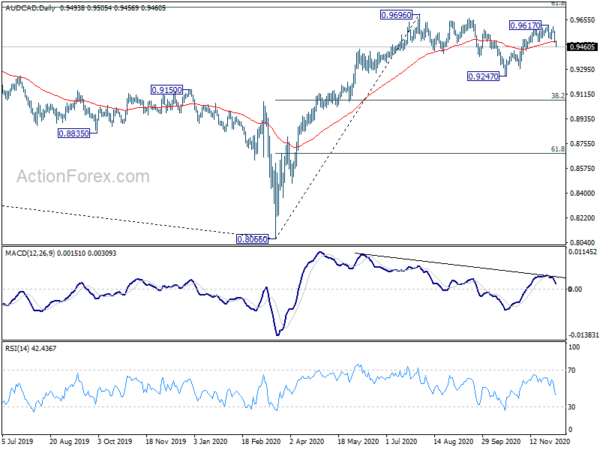
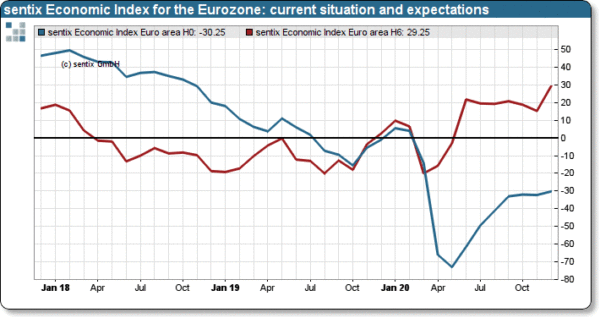
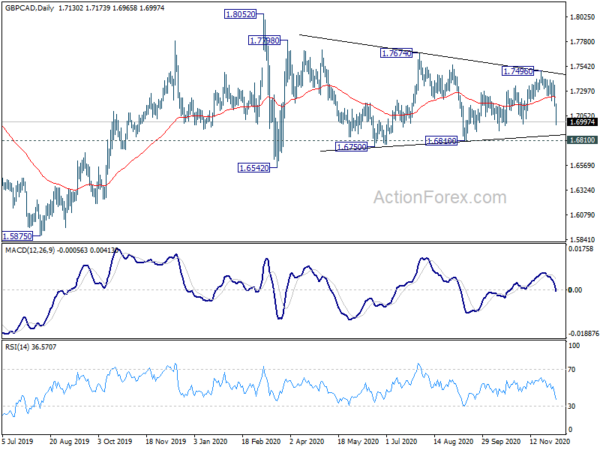
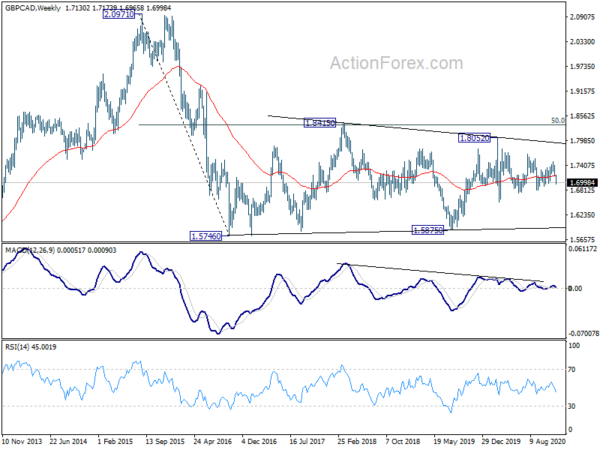
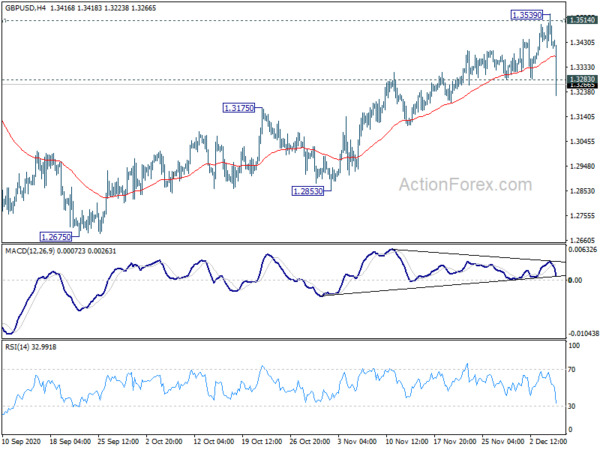
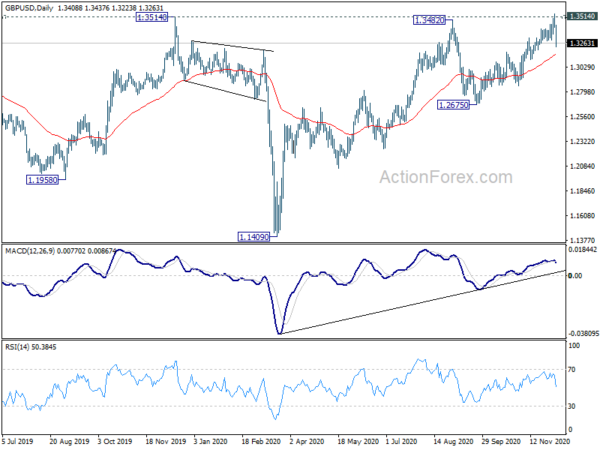
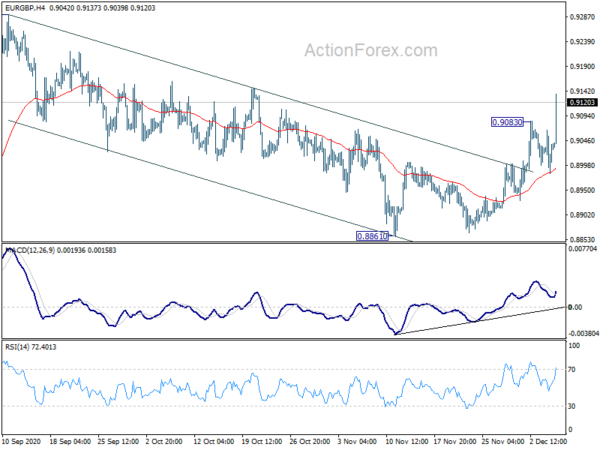
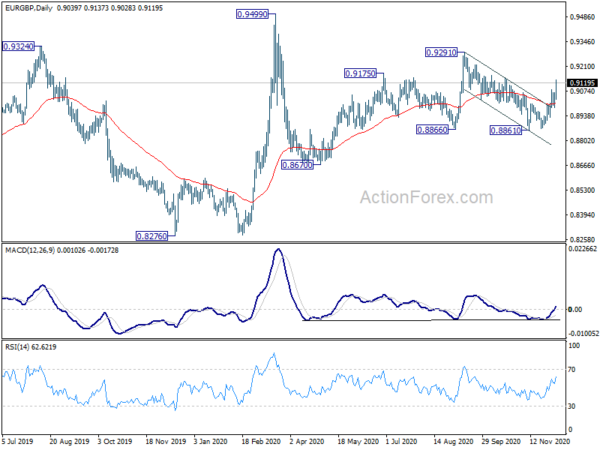
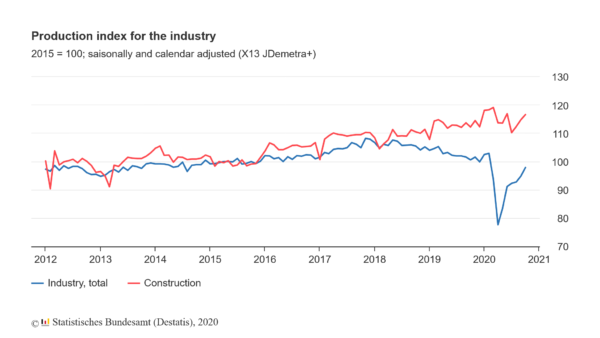
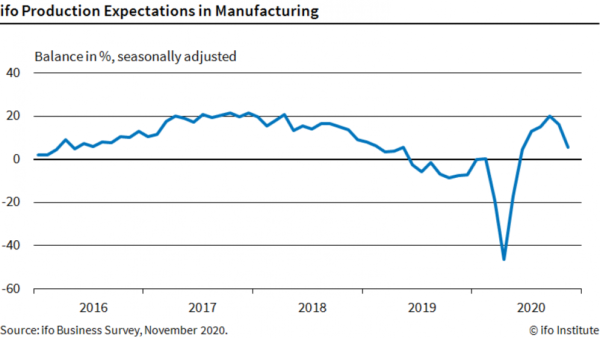
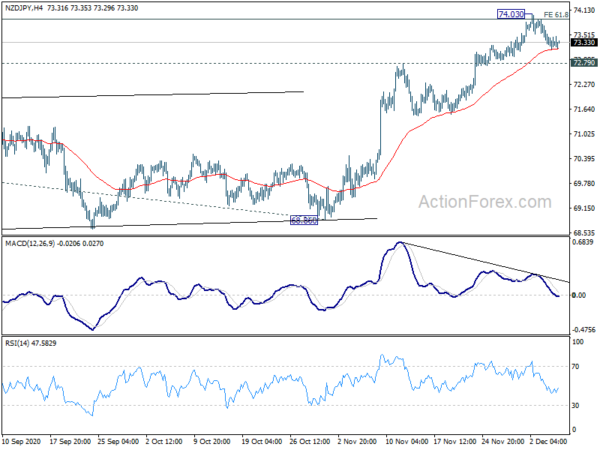
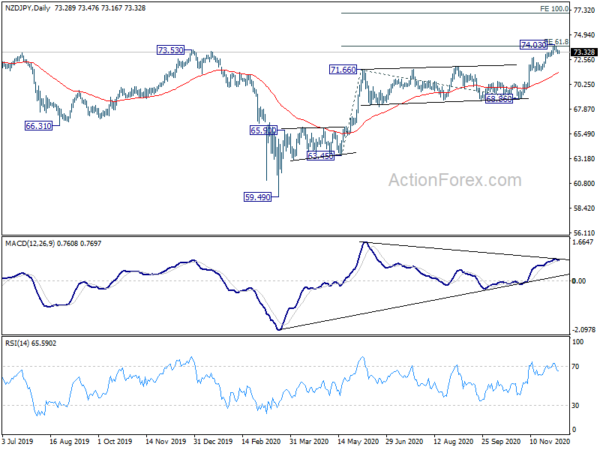
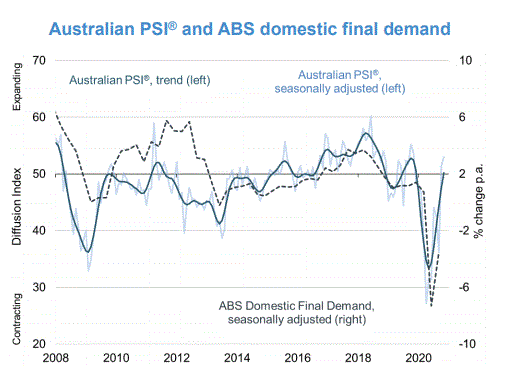
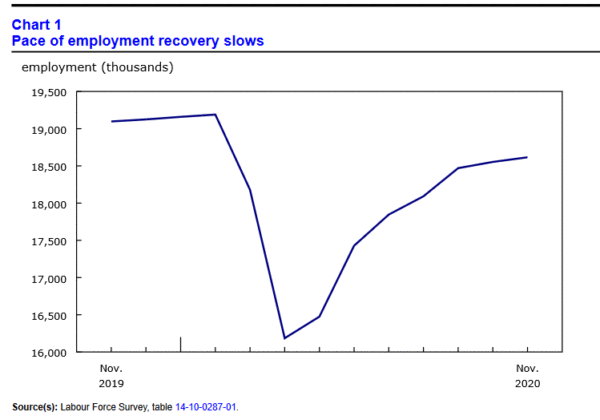
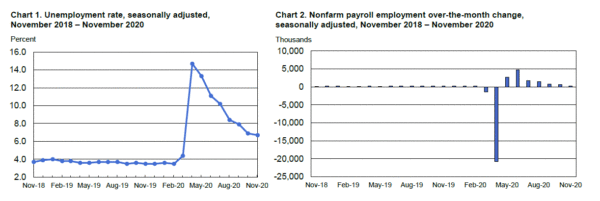

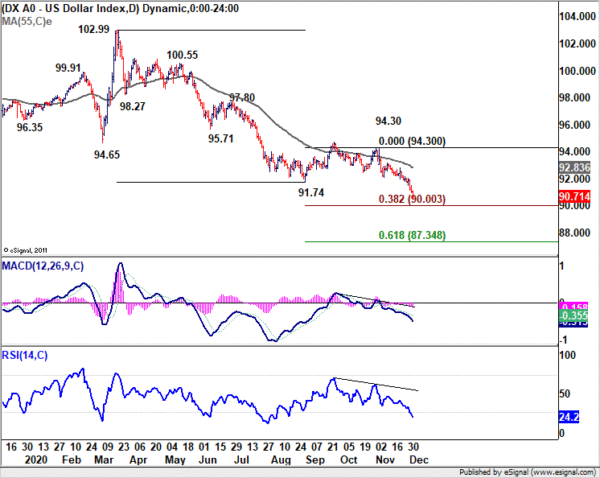
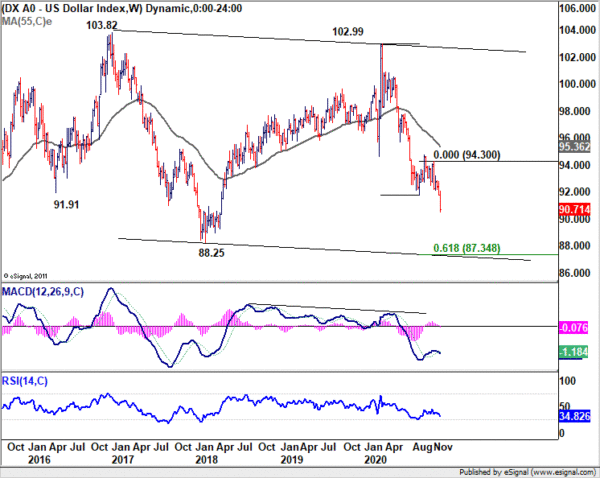
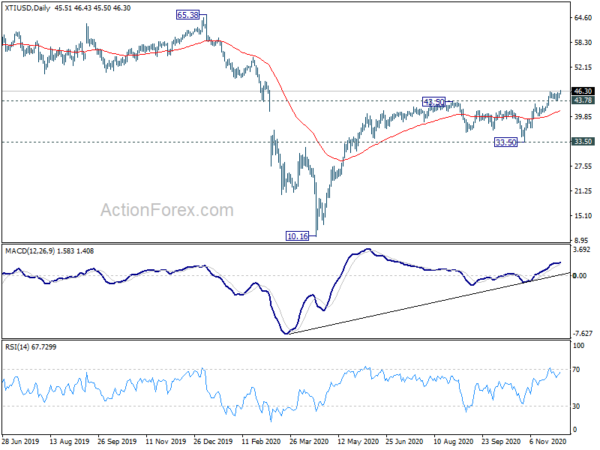
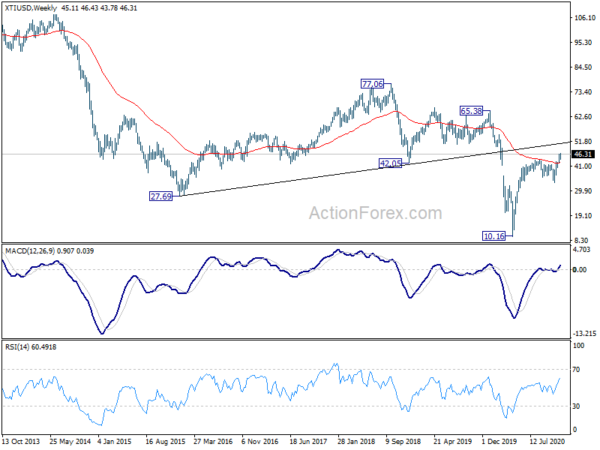
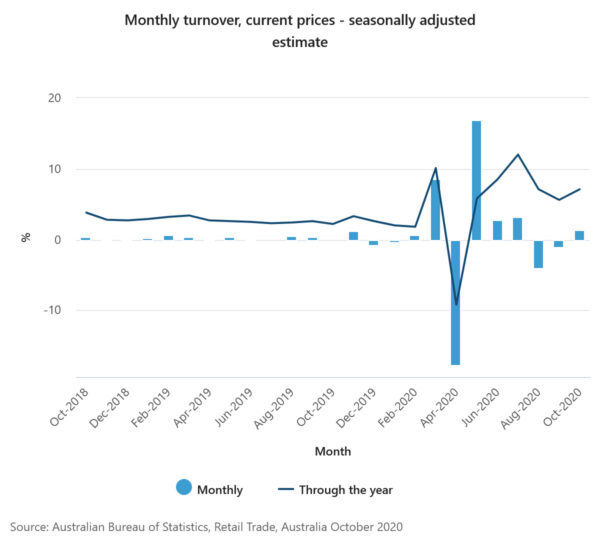
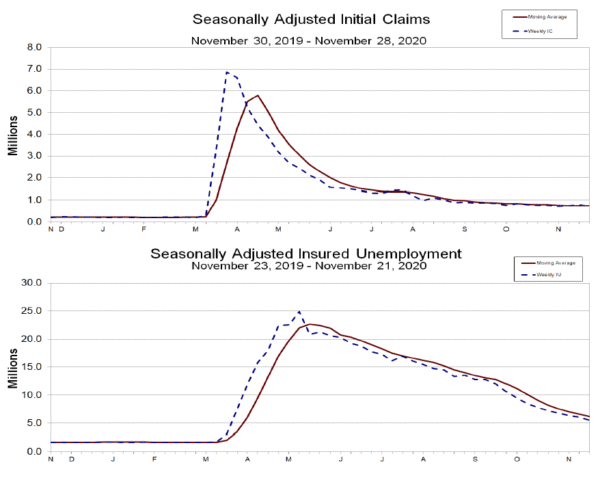
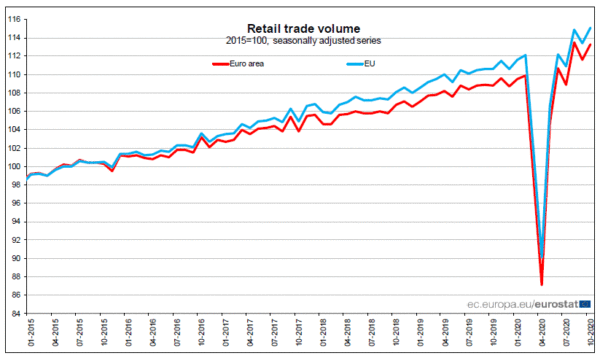

Gold in tight range below 1850, supported by 4H 55 EMA
Gold is struggling is tight range below 1850 resistance so far today. But some support is seen from 4 hour 55 EMA, suggesting that sellers are not so committed so far. Focus stays on 1850.50 support turned resistance. Decisive break there will add more credence to the case that correction from 2075.18 has completed and bring strong rise through 55 day EMA. However, break of 1807.46 minor support will suggest rejection by 1850.50, retain near term bearishness, and bring retest of 1764.31 low.